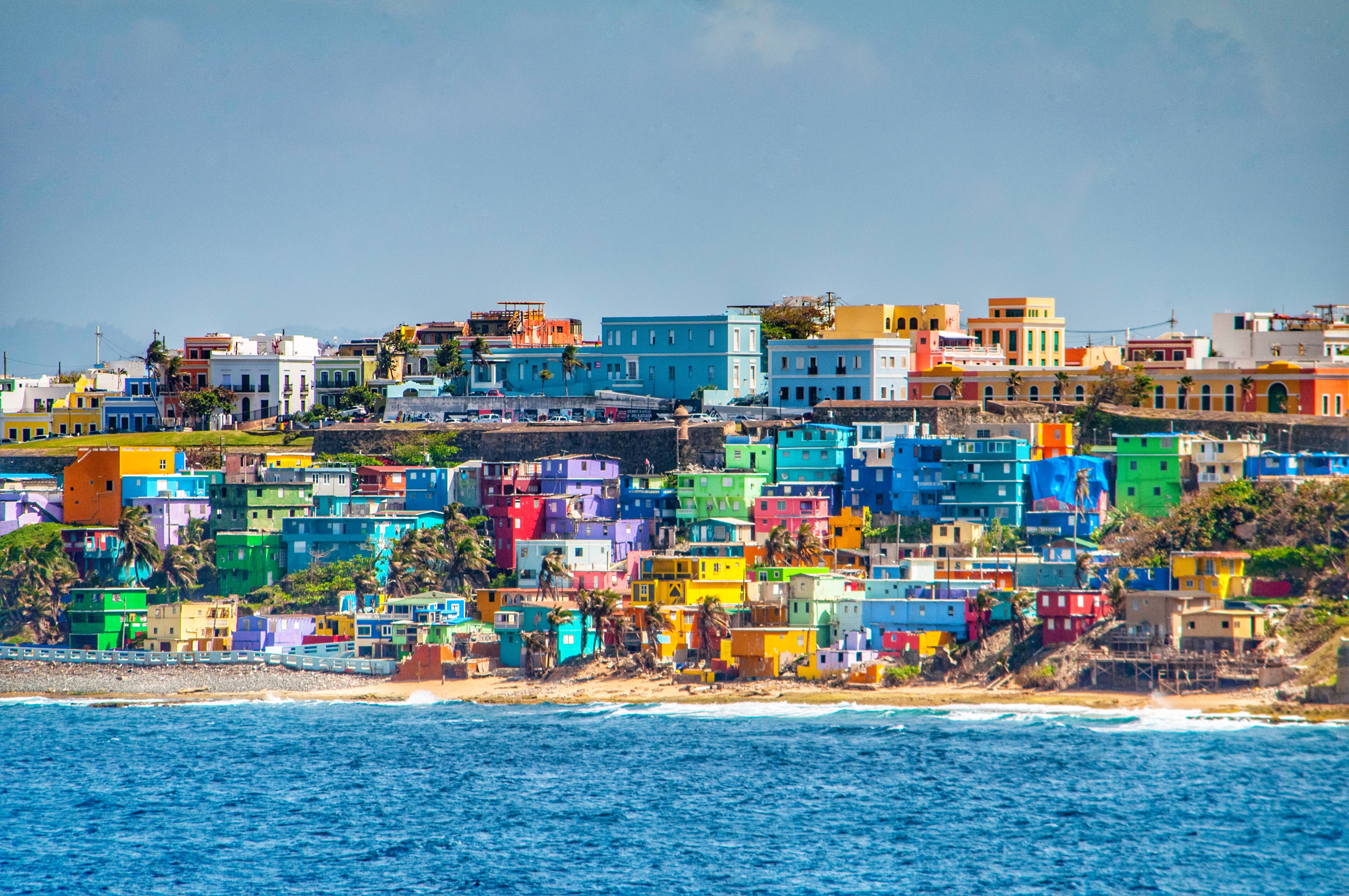History and Culture

Puerto Rico’s history is a rich tapestry of indigenous, Spanish, African, and American influences. Its indigenous Taíno people inhabited the island for centuries before European arrival in the late 15th century.
In 1493, Christopher Columbus claimed the island for Spain, and Spanish colonization began. For over four centuries, Puerto Rico was a Spanish colony, during which time it became a major center for the transatlantic slave trade and sugar production.
Puerto Rico, a Caribbean paradise, is no stranger to the wrath of hurricanes. As the hurricane season approaches, residents anxiously monitor hurricane beryl spaghetti models to predict the path and intensity of potential storms. These models provide valuable insights, helping Puerto Ricans prepare and stay safe during the hurricane season.
Indigenous Origins
The Taíno people were the indigenous inhabitants of Puerto Rico when Christopher Columbus arrived in 1493. They were a peaceful and agricultural society, with a complex social and political structure.
A mi Puerto Rico ta bon, pero mi sabi ku nos ta pensa di e otro paisnan cu ta sufri cu uracan. Mi ta pensa di Barbados, cu a sufri cu uracan Beryl no mucho tempo pasa. Lesa mas aki pa mas informacion.
Ta importante pa nos ta corda di e otro paisnan cu ta pasando den dificultad y pa nos ta ofrece nos apoyo.
The Taíno were skilled artisans, and their pottery, carvings, and basketry are still highly prized today.
Spanish Influence, Puerto rico
Spanish colonization had a profound impact on Puerto Rican culture. The Spanish language, religion, and political system were all imposed on the island.
However, the Taíno people also had a significant influence on Spanish culture in Puerto Rico. Many Taíno words and customs were adopted by the Spanish, and the two cultures blended to create a unique Puerto Rican identity.
African Influence
The transatlantic slave trade brought thousands of Africans to Puerto Rico. These slaves played a vital role in the island’s economy, working on sugar plantations and other agricultural enterprises.
African culture has also had a major impact on Puerto Rican culture. Music, dance, and religion are all influenced by African traditions.
American Influence
In 1898, the United States took control of Puerto Rico from Spain. The United States has had a significant impact on Puerto Rican culture, particularly in the areas of education, healthcare, and infrastructure.
However, Puerto Rico remains a culturally distinct entity, with its own unique blend of Spanish, African, and American influences.
Geography and Environment

Puerto Rico, an archipelago in the Caribbean Sea, boasts a diverse physical geography. Its main island, Puerto Rico, is the smallest of the Greater Antilles, measuring approximately 110 miles long and 35 miles wide. The island is predominantly mountainous, with the Cordillera Central running through its center. The highest peak is Cerro de Punta, standing at 4,390 feet above sea level.
Surrounding the main island are several smaller islands, including Vieques, Culebra, and Mona. The coastline of Puerto Rico is extensive, stretching for over 500 miles. It features numerous beaches, bays, and coral reefs, making it a popular destination for tourists and beachgoers.
Climate
Puerto Rico experiences a tropical climate, with warm temperatures year-round. The average temperature is around 80 degrees Fahrenheit, with little variation between seasons. The island is also known for its high humidity, which can make the heat feel even more intense.
Puerto Rico is located in the hurricane belt and is frequently affected by tropical storms and hurricanes. These storms can cause significant damage to infrastructure and property, and can also lead to flooding and landslides.
Environmental Challenges
Puerto Rico faces several environmental challenges, including deforestation, pollution, and climate change.
- Deforestation: Puerto Rico has lost a significant amount of its forest cover due to deforestation, primarily for agriculture and development. Deforestation can lead to soil erosion, loss of biodiversity, and changes in the local climate.
- Pollution: Puerto Rico’s air and water quality have been impacted by pollution from industrial activities, vehicles, and agriculture. Pollution can cause respiratory problems, water contamination, and damage to ecosystems.
- Climate Change: Puerto Rico is particularly vulnerable to the effects of climate change, such as sea level rise, increased hurricane intensity, and changes in precipitation patterns. These effects can threaten coastal communities, infrastructure, and the island’s economy.
Economy and Infrastructure: Puerto Rico

Puerto Rico’s economy is heavily dependent on the service sector, with tourism, manufacturing, and financial services being the major industries. However, the island also faces economic challenges such as high unemployment, poverty, and a large public debt.
Tourism is a major contributor to Puerto Rico’s economy, accounting for over 10% of the island’s GDP. The island’s warm climate, beautiful beaches, and rich culture attract millions of visitors each year.
Infrastructure
Puerto Rico’s infrastructure is generally well-developed, with a modern transportation system, reliable energy supply, and a comprehensive healthcare system.
- Transportation: Puerto Rico has a well-developed transportation system, including an extensive network of roads, highways, and bridges. The island also has two major airports, Luis Muñoz Marín International Airport in San Juan and Rafael Hernández Airport in Aguadilla.
- Energy: Puerto Rico’s energy supply is primarily dependent on imported fossil fuels, such as oil and natural gas. However, the island is also investing in renewable energy sources, such as solar and wind power.
- Healthcare: Puerto Rico has a comprehensive healthcare system that provides affordable healthcare to all residents. The island has a number of hospitals and clinics, as well as a strong network of community health centers.